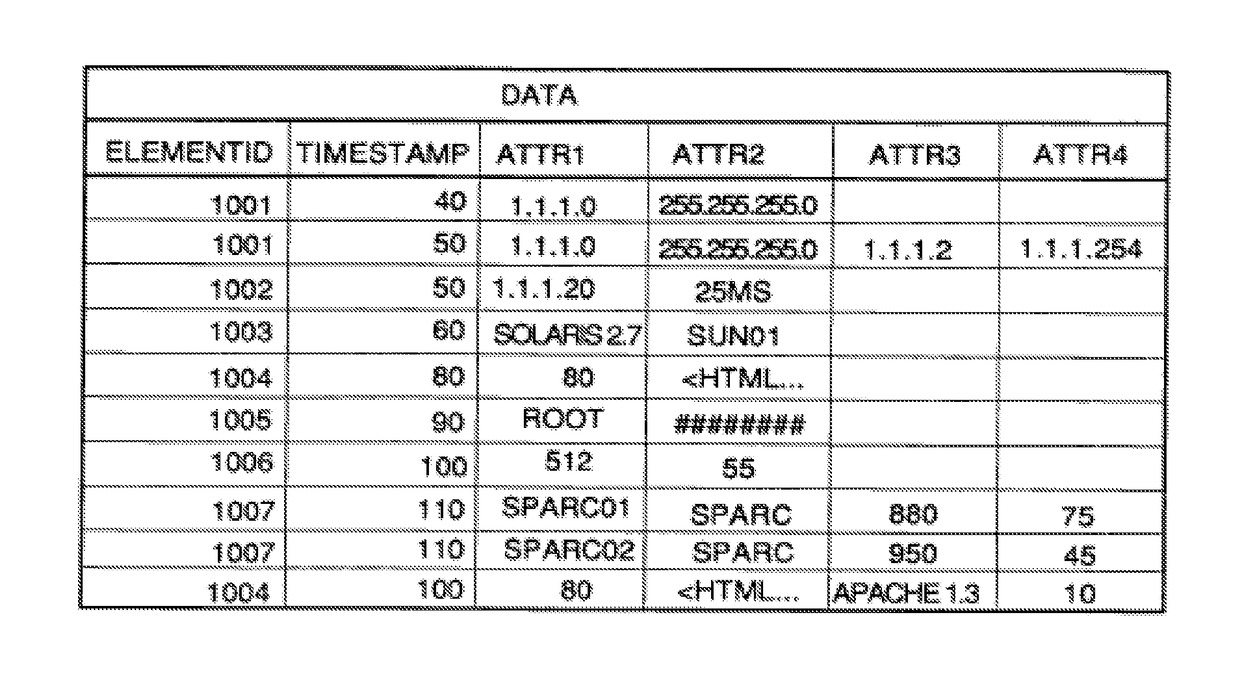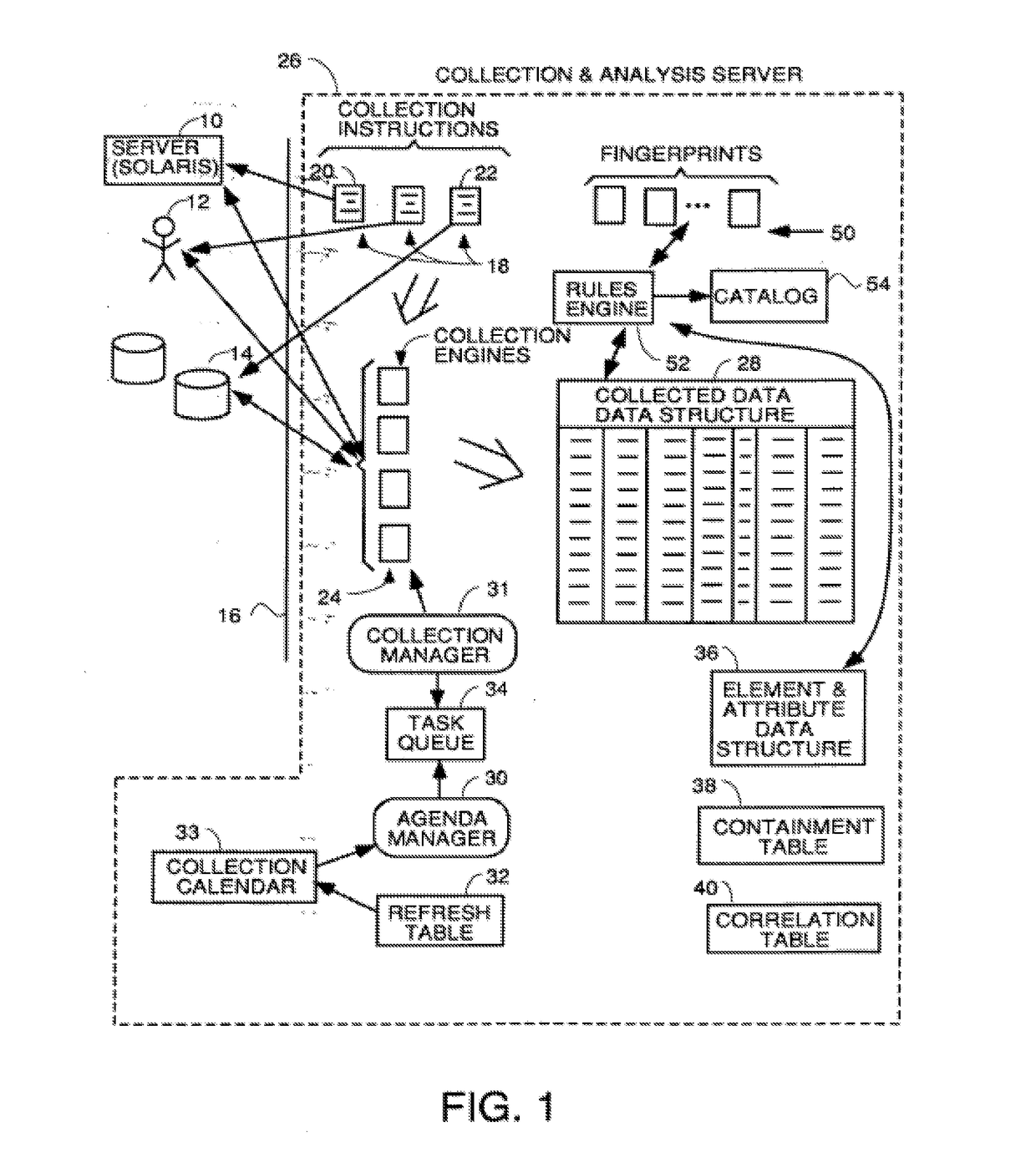System for linking financial asset records with networked assets
a financial asset and network asset technology, applied in the field of system for linking financial asset records with networked assets, can solve the problems of discrepancies that can be created, discrepancies that represent a risk to the corporation, and audit risks
- Summary
- Abstract
- Description
- Claims
- Application Information
AI Technical Summary
Benefits of technology
Problems solved by technology
Method used
Image
Examples
operation examples
[0202]FIG. 29 illustrates a block diagram of a preferred embodiment of the current unique ID generation system in a network environment. According to specific embodiments of the unique ID generation system, the unique ID generation system resides in an information processing logic execution environment, such as system 300, having processor 320, scan / query process 330, a data storage 350, a user interface module 330, communications module 340, and optionally a management console 380. In such an environment, scan / query process 330 is able to scan or probe for possible resources 390 over a network 360. This configuration represents just one possible simple logic execution and network environment, and many others are suitable, as will be understood to those of skill in the art.
[0203]According to specific embodiments of the unique ID generation system, the unique ID generation system involves using a network inventory system with one or more matching rules. Matching rules allow a collect...
example # 1
Example #1 Comparing Scan Results to Stored Data
[0204]In a first example, consider a situation of a local area network for which it is desired to build a data representation of all available devices using an automatic detection and / or inventory system. According to specific embodiments of the unique ID generation system, an inventory system includes a data repository with an interface (for example, a data repository such as described in patent application Ser. No. 10 / 429,270 filed 2 May 2003), an ability to scan the network to detect responding addresses and make certain queries of devices found at those addresses, and one or more matching rules. In this example, a simple matching rule is that a detected external resource matches a stored element if at least two out of the following three conditions are met:[0205]a. the MAC address of the primary network card detected for the resource is identical to a corresponding attribute value for the stored element;[0206]b. the serial number o...
example # 2
Example #2. Identifying a Device that has Changed Over Time
[0216]In a further example, consider network scan data on a particular date (e.g., January 1 of the year) with the following response:
[0217]from IP address 10.1.1.1:[0218]network card MAC address=“00:E0:81:24:B7:1C”[0219]disk driver serial number=“SK434xzh”[0220]OS serial number=“83084dd3”
[0221]If there are other device elements stored, the unique ID generation system then examines them using a matching rule such as the example described and if there is no match (for example because this is the first device), the unique ID generation system creates a new device element and sets the device element's attribute values (i.e., the MAC address and serial numbers) to those from 10.1.1.1.
[0222]On January 5, the network card of 10.1.1.1 is replaced with a faster network card. The new network card has the MAC address “00:E0:81:24:FF:EE”. On January 10, a network scan using the data repository built from the January 1 proceeds as follo...
PUM
 Login to View More
Login to View More Abstract
Description
Claims
Application Information
 Login to View More
Login to View More - R&D
- Intellectual Property
- Life Sciences
- Materials
- Tech Scout
- Unparalleled Data Quality
- Higher Quality Content
- 60% Fewer Hallucinations
Browse by: Latest US Patents, China's latest patents, Technical Efficacy Thesaurus, Application Domain, Technology Topic, Popular Technical Reports.
© 2025 PatSnap. All rights reserved.Legal|Privacy policy|Modern Slavery Act Transparency Statement|Sitemap|About US| Contact US: help@patsnap.com



